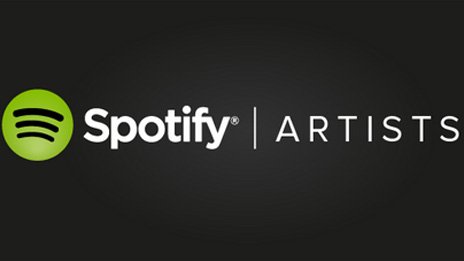 (This is Part 2. You're going to want to read Part 1 if you haven't.)
(This is Part 2. You're going to want to read Part 1 if you haven't.) You’ve no doubt heard that Taylor Swift reignited the “Spotify doesn’t pay the artists enough” meme when she pulled her music off the service, spoke out against it, and sold a million copies of her new album in a week. The first question should be, “doesn't pay enough…compared to what?”
To compare Spotify reasonably, we must remember
how the music industry was before streaming was mainstream. The era of $3.49 LPs in the 60's ($20+ in 2015 dollars)
and the era of $12 or $15 CDs were great for record labels, but have both come
to an end except among collectors and audiophiles. One can literally count the number of artists
who went platinum (sold 1 million+) last year on one hand (Sam Smith, Ariana
Grande, Jason Aldean, the Frozen soundtrack,
and Taylor Swift). Total album sales are down
from over 700 million in 2001 to less than 150 million in 2014. iTunes’ rise last decade was a last gasp of
the $1 single/$10 album standard, and even then album sales were noticeably
declining. This BillBoard article shows
a stark contrast between last year and 1994, when 38 albums had gone platinum
by September. And its not just streaming that took sales from CDs, but illegal file-sharing.
We might forget how huge the problem was last decade: in 2009 NPD group
reported that 63% of music acquired by U.S. consumers wasn’t paid for.

So there won't be nearly as much money in selling albums moving forward. Yet Spotify and its competition have found a solution: offer a user experience so much superior to file-sharing that it's worth paying for music again. And luckily for the artists, Spotify has committed to paying 70% of its revenue back to them (or, more accurately, the labels that control them: hopefully the democratization of content post-internet will change this). Remember that Spotify’s target is people who were paying little or nothing for music; now artists are sharing the $7 of each subscriber's $10/month.

So there won't be nearly as much money in selling albums moving forward. Yet Spotify and its competition have found a solution: offer a user experience so much superior to file-sharing that it's worth paying for music again. And luckily for the artists, Spotify has committed to paying 70% of its revenue back to them (or, more accurately, the labels that control them: hopefully the democratization of content post-internet will change this). Remember that Spotify’s target is people who were paying little or nothing for music; now artists are sharing the $7 of each subscriber's $10/month.
Is the average artist rolling in Spotify dough? Definitely not. 70% of revenue averages out to around 3/4s of a penny per stream. Time.com’s Spotify calculator would suggest the number of artists making millions off of Spotify are in the hundreds (and Taylor was definitely one of them), and an artist would need at least 4 million streams a month to make minimum wage from Spotify alone.
 |
| The real winner in $15 CDs. |
To the aspiring artist: put your music everywhere. It is at worst free advertising and at best supplemental income with no marginal cost. While success from music sales alone is no longer an option for anyone but the Taylors of the world, the digital age will never replace demand for the in-person experiences you provide at each gig and performance. Now if you’ll excuse me, I’m going to go find out if any of the artists in my playlists are touring.


